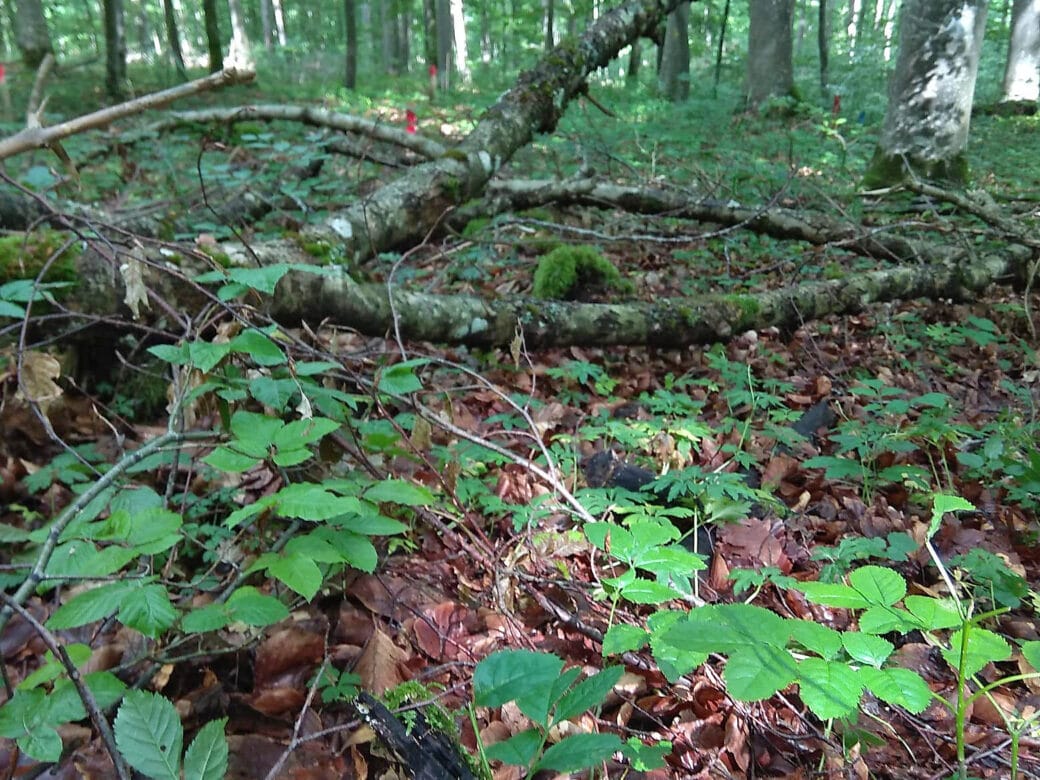Modeling land-use effects on forest soil food webs

This project aims at describing how land-use intensity affects community patterns (macroecological traits) and processes (biomass fluxes), while functional response experiments should yield mechanistic explanations for these patterns. This includes analyses of land-use intensity effects on (1) biomass fluxes in the soil food webs (total biomass fluxes, litter processing rates, average and distribution of interaction strengths), (2) macroecological community traits (distributions of abundance, biomass, and body mass, community respiration rates), and (3) predator-prey functional responses. The project thus links research on land-use intensity effects on biodiversity and complexity patterns (species richness, food web structure, distribution of biomass fluxes) with ecosystem functions (litter processing rates, community respiration) and mechanistic explanations (functional response)









